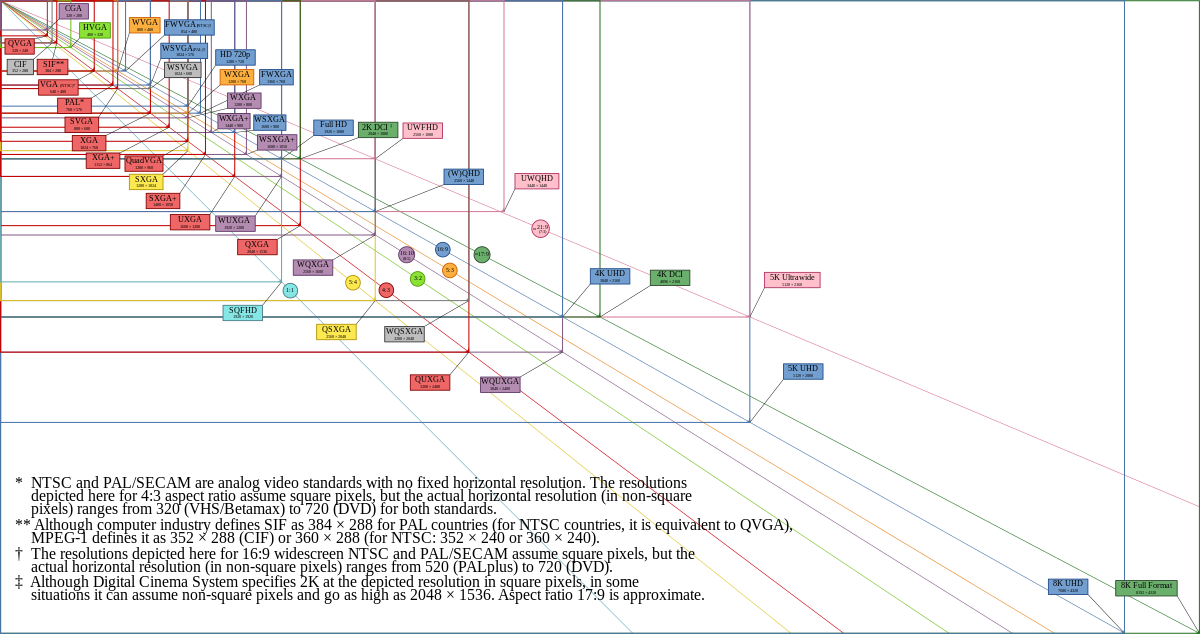So, just speculation on my part, but insiders seem to be relying on Tegra X1 profiles to match the Tegra X1 with the new model, however this doesn't rule out modifications to the Tegra X1 chip beyond a die shrink, it means it's still Maxwell/Pascal with A57 cores, but it could double the cuda core count for instance, and it is possibly built on 8nm as there is that Tegra 8nm rumor from earlier in the year. I think if this is the case, we should look at 800 to 900GFLOPs with 256 cuda cores or 1.3-1.6TFLOPs with 512 cuda cores. The reason I think they might have increased the cuda core count is simply because Nano hits that $129 price point by using chips that have disabled parts, such as Tegra X1 using 128 cuda cores instead of 256, or Xavier NX (a nano like design) using 384 cuda cores instead of 512.
It's not drastically changing the expectations of what this product would be, infact, 800 to 900 gflops puts it in low range XB1 parity, and 1.3-1.6tflops puts it in high range PS4 parity, in other words, it is still matching up with current generation base consoles, and we will have to wait 3 years from now to really see the successor.





